Spice Up Your Grill: 7 Smoky Secrets Behind the Perfect Mexican Chicken Rub

Table of Contents
- Why Mexican Chicken Rubs are a Flavor Revolution
- A Taste of Tradition: The Origins of Mexican Spice Blends
- The Holy Grail of Ingredients: What Goes Into a Mexican Chicken Rub?
- How to Use It Like a Pro: Tips for Applying and Cooking with the Rub
- Buying Guide: Top Mexican Chicken Rubs You Should Try Today
- DIY Magic: Make Your Own Signature Mexican Chicken Rub at Home
- Pairing Perfection: Sides, Salsas, and Drinks That Complement the Rub
- Final Thoughts: Elevate Every Bite with This Kitchen Staple

Why Mexican Chicken Rubs are a Flavor Revolution
Let’s be honest—grilled chicken can sometimes feel like a blank canvas. But when you slather it in a smoky, zesty, and aromatic Mexican chicken spice rub, that canvas transforms into a masterpiece. Whether you're firing up the barbecue for a summer cookout or prepping a quick weeknight dinner, this blend is your ticket to bold, unforgettable flavor.
So what makes these rubs so special? Unlike marinades that require hours to infuse flavor, a good dry rub works fast—and the deeper, earthier notes come from centuries-old traditions across Mexico. From smoky chipotle to fragrant cumin and tangy lime, each ingredient plays its part like instruments in a mariachi band.
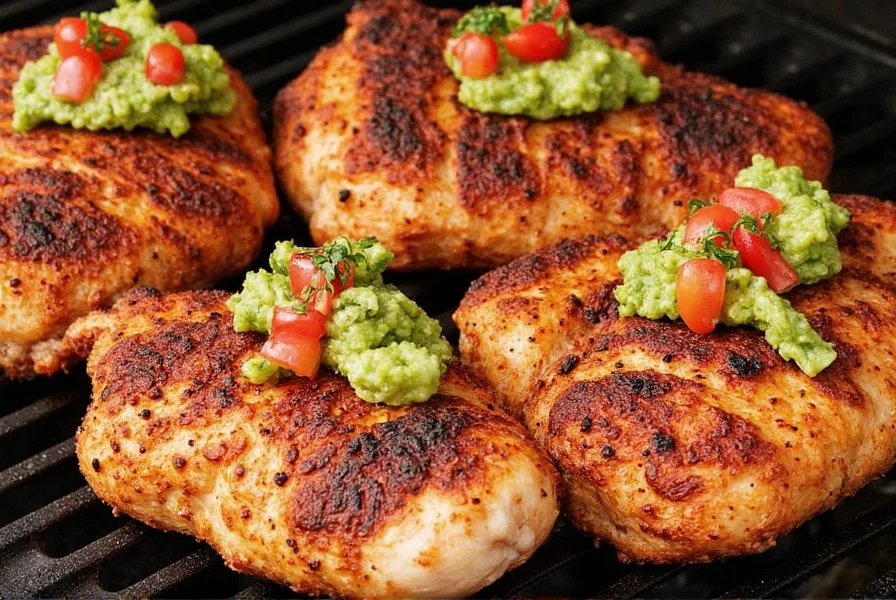
A Taste of Tradition: The Origins of Mexican Spice Blends
Mexico’s culinary heritage is rich with indigenous influences, especially from the Aztecs and Mayans, who used local ingredients like chili peppers, herbs, and salt long before European contact. When the Spanish arrived, they introduced new spices such as cumin, cinnamon, and black pepper, which eventually merged with native flavors to create the complex profiles we know today.
Dry rubs became popular in regions where preservation techniques relied heavily on drying and smoking. In places like Oaxaca and Yucatán, spice blends known as “recados” (like the famous recado rojo) were used to season meats before slow-roasting or barbecuing over open flames. These ancient techniques gave rise to modern-day spice rubs, including our beloved Mexican chicken rub.
The Holy Grail of Ingredients: What Goes Into a Mexican Chicken Rub?
The beauty of a Mexican chicken rub lies in its versatility and balance. Here's a breakdown of the usual suspects and why they matter:
| Ingredient | Flavor Profile | Purpose in the Rub |
|---|---|---|
| Ancho Chili Powder | Sweet, fruity, mild heat | Lays down a deep, earthy base |
| Guajillo Chili Powder | Bright, tangy, medium heat | Adds complexity and color |
| Garlic Powder | Earthy, savory, pungent | Boosts umami and aroma |
| Cumin | Nutty, spicy, warm | Gives that classic Mexican backbone |
| Smoked Paprika | Smoky, sweet, slightly bitter | Brings barbecue vibes without the fire |
| Onion Powder | Savory, sweet, sharp | Enhances depth and savoriness |
| Oregano (Mexican preferred) | Herbaceous, floral, peppery | Adds a punch of green freshness |
| Coriander | Citrusy, nutty, spicy | Offers brightness and contrast |
| Black Pepper | Peppery, hot, woody | Opens up other flavors |
| Salt | Salty, briny, essential | Seasons and draws out moisture |
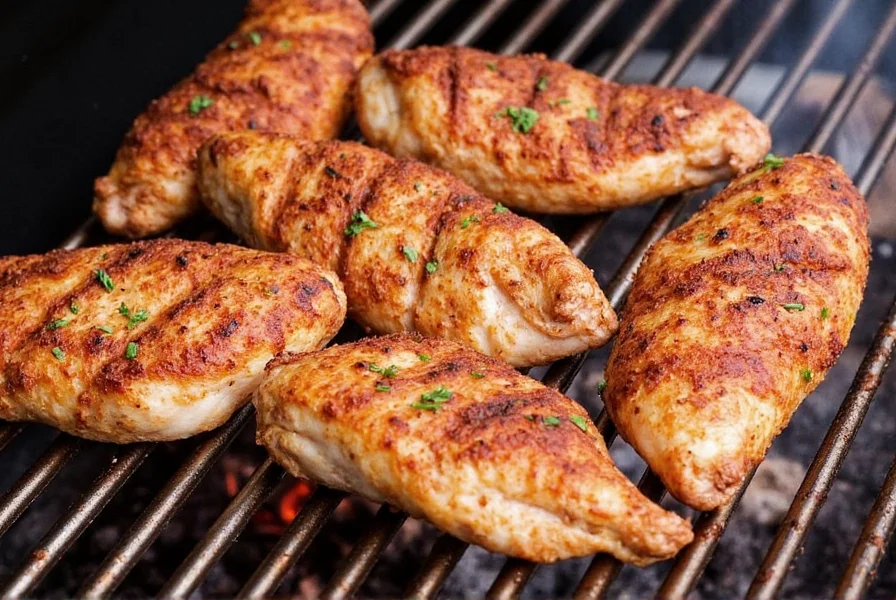
How to Use It Like a Pro: Tips for Applying and Cooking with the Rub
You’ve got the perfect blend. Now, how do you make the most of it? Here are some pro tips to ensure every bite sings with flavor:
- Rub Generously: Don’t hold back! A generous coating ensures a flavorful crust forms during cooking.
- Rub Early: For best results, apply the rub 1–2 hours before cooking. If you can spare the time, let it rest overnight in the fridge.
- Use Oil Sparingly: While not always necessary, a light brushing of oil helps the rub adhere better to the meat.
- Press It In: Massage the rub firmly into the chicken—don’t just sprinkle it on!
- Rest After Cooking: Let grilled or roasted chicken rest for 5–10 minutes to lock in juices and maximize flavor.
- Experiment with Heat: If you like it hotter, add extra ancho or guajillo powder—or even a pinch of crushed red pepper flakes.
Buying Guide: Top Mexican Chicken Rubs You Should Try Today
If you’re short on time or want to taste authentic flavor without crafting your own mix, store-bought Mexican chicken rubs can be a game-changer. Here are five top-rated options to consider:
| Product Name | Key Features | Advantages | Best For | Occasions |
|---|---|---|---|---|
| La Flor Mexican Chicken Rub | All-natural, gluten-free, no preservatives | Classic, balanced flavor with smoky undertones | Beginners and purists | Weeknight dinners, tacos |
| Badia Adobo Para Pollo | Ready-to-use adobo-style seasoning | Great value, easy application | Quick meals and grilling | Barbecues, family gatherings |
| McCormick Southwest Seasoning Blend | Includes chili pepper, paprika, garlic | Versatile; great for more than just chicken | Busy cooks and families | Stir-fries, burritos, fajitas |
| Goya Recao Rojo | Traditional Oaxacan red recado | Authentic taste; ideal for slow-cooked dishes | Cooking enthusiasts | Puerco pibil, tacos al pastor |
| Primal Kitchen Organic Chicken Rub | Organic, non-GMO, paleo-friendly | Healthy option without sacrificing flavor | Health-conscious eaters | Meal prep, keto dishes |
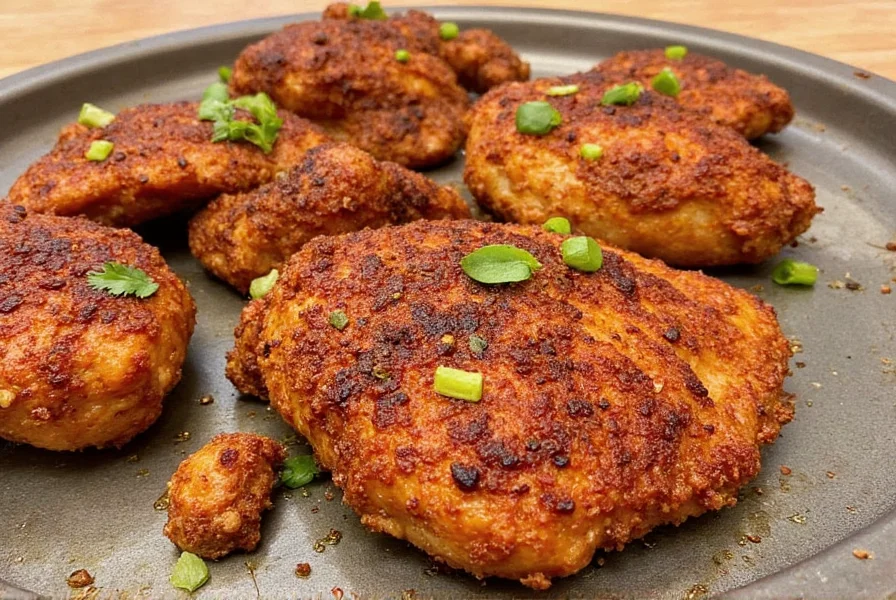
DIY Magic: Make Your Own Signature Mexican Chicken Rub at Home
Want full control over flavor and quality? Whip up your own rub using simple pantry staples. Here's a basic homemade recipe to get you started:
Simple Homemade Mexican Chicken Rub Recipe
- 2 tbsp ancho chili powder
- 1 tbsp guajillo chili powder
- 1 tsp smoked paprika
- 1 tsp ground cumin
- 1 tsp garlic powder
- ½ tsp onion powder
- ½ tsp dried oregano (preferably Mexican)
- ½ tsp coriander
- 1 tsp sea salt
- ½ tsp black pepper
Mix everything in a bowl, then store in an airtight container. Use within 6 months for optimal flavor. Want to personalize it? Try adding a pinch of cocoa powder for depth or citrus zest for brightness!
Pairing Perfection: Sides, Salsas, and Drinks That Complement the Rub
A well-seasoned chicken deserves equally thoughtful accompaniments. Here are some tried-and-true pairings that bring out the best in your mexican chicken spice rub:
- Fresh Salsas: Think salsa verde, mango habanero, or roasted tomato for contrast and heat.
- Tortillas & Toppings: Warm corn tortillas, avocado crema, pickled jalapeños, and shredded cabbage elevate any taco night.
- Grains & Beans: Cilantro-lime rice, black beans, or quinoa keep things hearty and satisfying.
- Vegetables: Grilled bell peppers, zucchini, or elote (Mexican street corn) add texture and sweetness.
- Drinks: Pair with a cold horchata, margarita, or chilled agua fresca to cool the palate between bites.
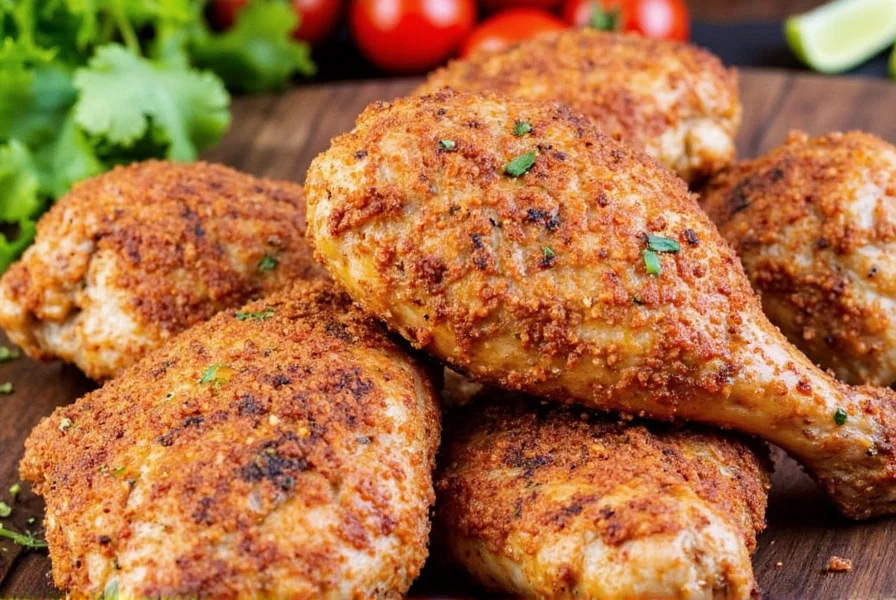
Final Thoughts: Elevate Every Bite with This Kitchen Staple
Whether you buy or build your own Mexican chicken spice rub, one thing’s clear: it’s a powerhouse of flavor with roots deep in tradition and culture. It’s more than just a seasoning—it’s a passport to the vibrant heart of Mexican cuisine.
From backyard grills to weekday meal prep, this rub brings warmth, complexity, and a touch of soul to every dish. So next time you reach for the spices, remember—you’re not just making dinner. You’re creating a flavor experience that’s been perfected over generations.
Now go ahead…rub it in!
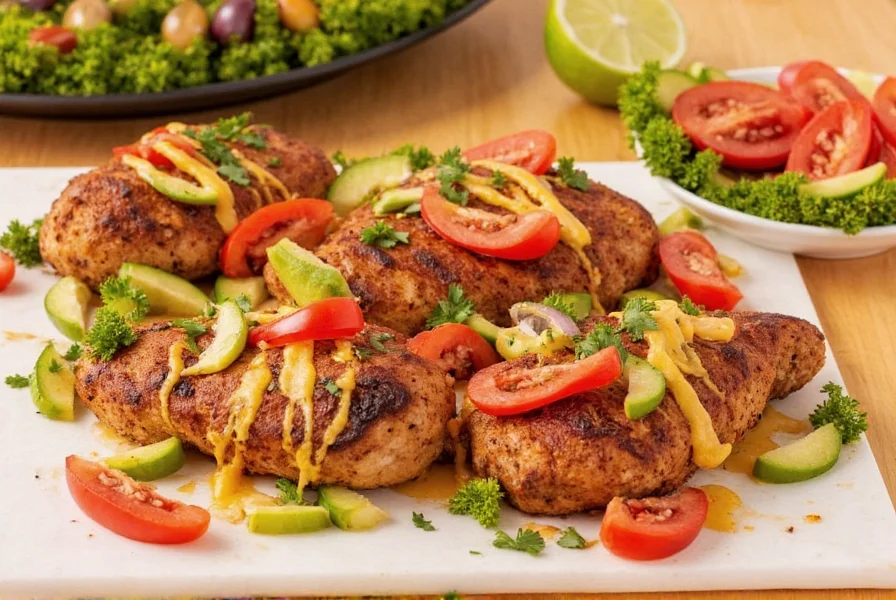











 浙公网安备
33010002000092号
浙公网安备
33010002000092号 浙B2-20120091-4
浙B2-20120091-4